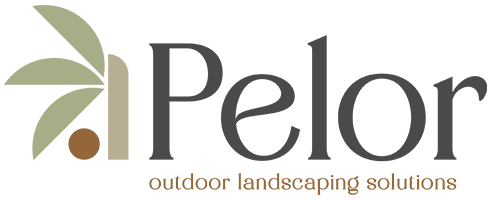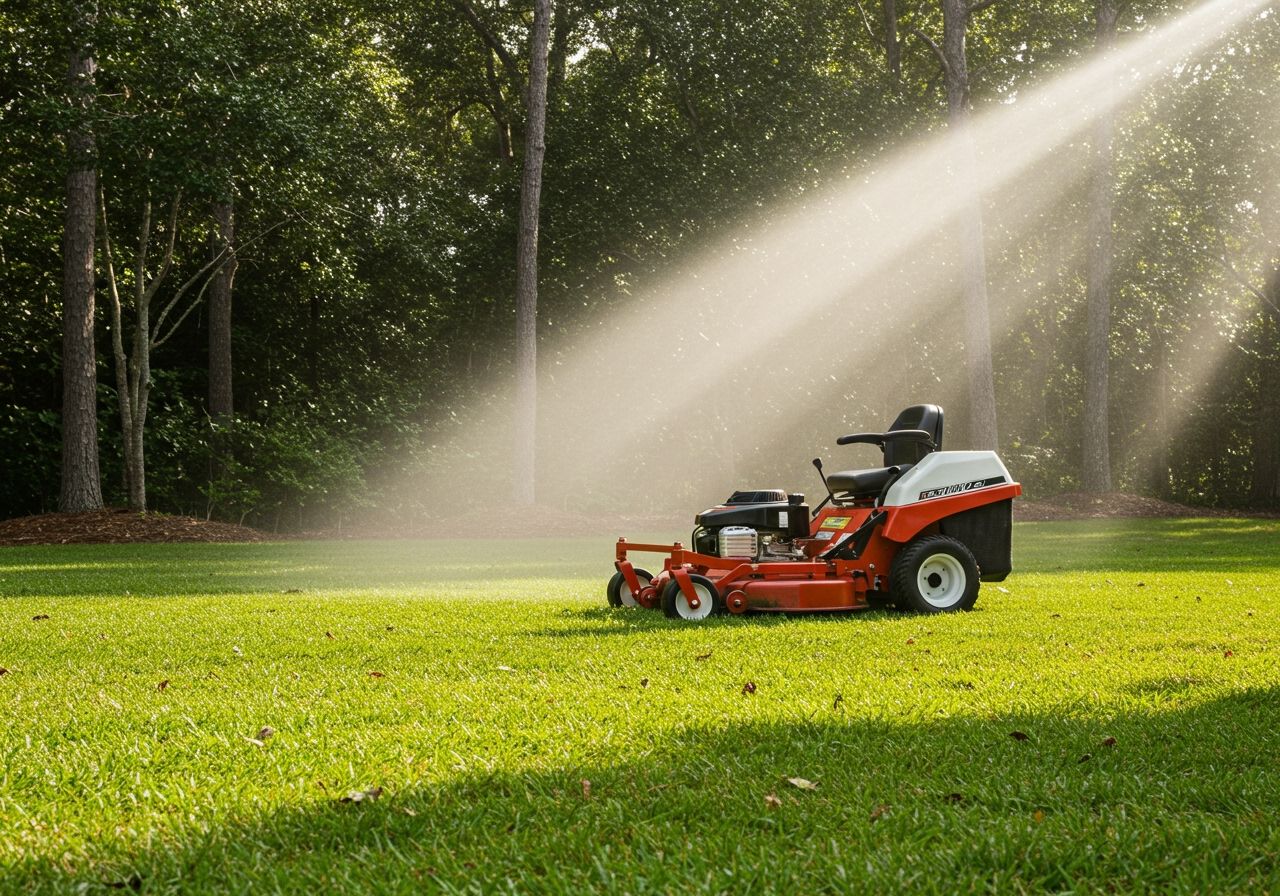Expert tips for thriving residential & commercial yards in Kissimmee and St. Cloud, FL
A beautiful, verdant lawn in Central Florida—whether at your home in Kissimmee or a commercial property in St. Cloud—comes from consistent, climate-smart care. If you’re battling patchy turf, dollarweed, or uneven color, you’re not alone. This guide covers proven strategies to enrich sandy soils, improve nutrient uptake, and grow dense, resilient warm-season grass—plus when to call in professional lawn care tailored to our region.
We’ll cover: mowing and watering for St. Augustine, Zoysia, and Bermuda; seasonal routines; aeration and dethatching; edging and cleanup; fertilizer timing and types; weed and disease control; water-wise practices; renovation and sod repair; and how to choose the right residential and commercial services in Central Florida.
Core Maintenance for Central Florida Lawns
Healthy turf comes from a rhythm of mowing, watering, aeration, dethatching, edging, and debris removal—all timed to Florida’s long growing season.
Mowing & watering:
Keep St. Augustine, Zoysia, and Bermuda at 2.5–4 inches during active growth. Follow the “one-third rule”: never remove more than a third of the blade at once. Water deeply, not daily—about 1 inch per week in one to two sessions, adjusting for rainfall and any local restrictions. New sod or plugs need light, frequent moisture for ~2 weeks, then taper to deeper, less frequent irrigation. This routine encourages deep roots that handle heat and brief dry spells.
Seasonal adjustments:
-
Spring: clear debris, sharpen blades, and apply a pre-emergent for summer weeds.
-
Summer: feed warm-season grass, monitor for chinch bugs and fungal spots, and maintain deep irrigation.
-
Fall: core-aerate compacted areas and apply a light, balanced feeding to strengthen roots.
-
Winter: minimal intervention—keep heavy debris off turf and spot-check for cold stress after fronts.
These practices keep blades vigorous and set the stage for successful fertilization and renovation.
Aeration, Dethatching, Edging & Cleanup
Aeration punches small channels that let air, water, and nutrients reach roots—crucial in compacted, sandy soils or high-traffic areas. Dethatching (only when the layer exceeds ~½") removes the spongy mat that holds moisture against blades and harbors disease. Late spring or early fall are ideal windows for warm-season recovery.
Edging crisp lines along beds and hardscape, while leaf and debris cleanup prevent smothering and fungal pressure—especially important in our humidity. Together, these steps improve airflow, light penetration, and uniform growth.
Fertilization That Fits Florida Lawns
A smart plan aligns type + timing with grass species and soil needs.
Types (and when to use them):
-
Organic (microbe-driven, slow): builds soil biology—great for sandy soils that need structure.
-
Synthetic quick-release: fast green-up for recovery or visible boost—but use sparingly.
-
Slow-release granular: steady feeding with lower runoff risk—ideal for consistent growth.
Timing for warm-season grasses:
Feed after full green-up (late spring) and again in mid-summer; a light early fall application helps root strength before mild winters. Avoid fertilizing before heavy rain or during drought stress. Calibrate spreaders and follow local fertilizer ordinances to protect waterways.
Soil testing:
Check pH (target ~6.0–7.0) and nutrients every 1–2 years. Amend pH (lime or sulfur) only as tests dictate; add organic matter to improve nutrient holding in sandy profiles. Testing prevents over-application and keeps programs precise.
Weed Control That Works in Kissimmee & St. Cloud
Effective programs combine pre-emergents, post-emergents, and cultural practices.
-
Identify first: Common culprits include crabgrass, dollarweed (pennywort) in wet spots, Florida pusley in sandy soils, and persistent sedges.
-
Pre-emergent in late winter/very early spring blocks germination (key for crabgrass).
-
Post-emergent selective products target existing broadleaf weeds during active growth in mild conditions.
-
Organic aids: corn gluten meal, vinegar-based spot sprays, and manual removal reduce synthetic load while soil health improves.
-
Cultural support: correct mowing height, deep/infrequent watering, and reducing soggy areas deprive weeds of their preferred conditions.
Preventing & Managing Lawn Diseases
Our warm, humid climate favors fungi like brown patch/large patch (St. Augustine) and dollar spot.
Early signs to watch: circular or irregular discolored patches, smoky rings at edges, or small bleached spots that merge over time. Disease severity climbs with prolonged leaf wetness, compaction, thatch, and unbalanced fertility.
Integrated response:
-
Water early morning so blades dry quickly.
-
Raise mowing height slightly during outbreaks to reduce stress.
-
Aerate compacted zones and improve drainage to break the moisture cycle.
-
Use labeled fungicides as needed and rotate actives to avoid resistance.
-
Remove clippings only from infected areas to reduce spore spread.
Healthy soil + correct irrigation is your best long-term defense.
Year-Round Lawn Health & Sustainability
In Central Florida, sustainability doesn’t mean sacrificing appearance—it means smarter inputs.
-
Build soil: topdress thinly with compost, and leave fine clippings (grasscycling) to return nitrogen.
-
Water wisely: early-morning, deep, infrequent cycles; consider smart controllers and drip/low-volume irrigation for beds - see commercial irrigation & maintenance
-
Choose the right grass:
-
St. Augustine: lush and shade-tolerant; higher water/fertility needs.
-
Zoysia: fine texture, good drought tolerance; excellent for high-end appearance.
-
Bermuda: sun-loving, durable; great for high traffic.
-
Bahia: very drought-tolerant, low maintenance for larger areas.
Pest management: emphasize cultural controls and beneficials; reserve targeted products for threshold events.
-
Renovation: From Thin to Thick
When areas lag, renovate during active growth (late spring through summer).
-
Aerate first to relieve compaction and improve water infiltration.
-
Dethatch only if thatch >½".
-
Repair bare spots with sod or plugs of your chosen warm-season grass (overseeding is limited for these species).
-
Keep new material evenly moist for ~2 weeks; make the first mow higher to encourage rooting.
-
Blend repairs with the surrounding lawn via consistent mowing height and nutrition.
If large areas struggle despite routine care—or you’re dealing with widespread disease/weed pressure—bring in Pelor’s lawn care team for a site-specific plan.
When to Call the Pros (Residential & Commercial)
Partnering with a local expert saves time and protects your investment. A quality provider in Kissimmee, St. Cloud, and nearby Central Florida should offer:
-
Scheduled mowing & edging, tuned to grass type and season
-
Soil testing with tailored fertilization programs
-
Weed, pest, and disease monitoring with targeted treatments
-
Aeration and selective dethatching
-
Irrigation checks/adjustments and water-wise upgrades
-
Commercial grounds care that scales for HOAs, retail, medical, and office sites (see Commercial Services
-
Add-on services like tree care and bed maintenance to tie the whole landscape together
Look for licensed applicators, clear service scopes, and follow-up guarantees. Ask for local references and example properties.
Ready for a Pristine, Florida-Strong Lawn?
Whether you need routine residential care in Kissimmee or a full commercial maintenance program in St. Cloud FL, Pelor Outdoor can help. We pair sustainable practices with dependable scheduling to keep warm-season lawns healthy, dense, and beautiful—year-round.
Request a Free Assessment to get a custom plan for your property.

